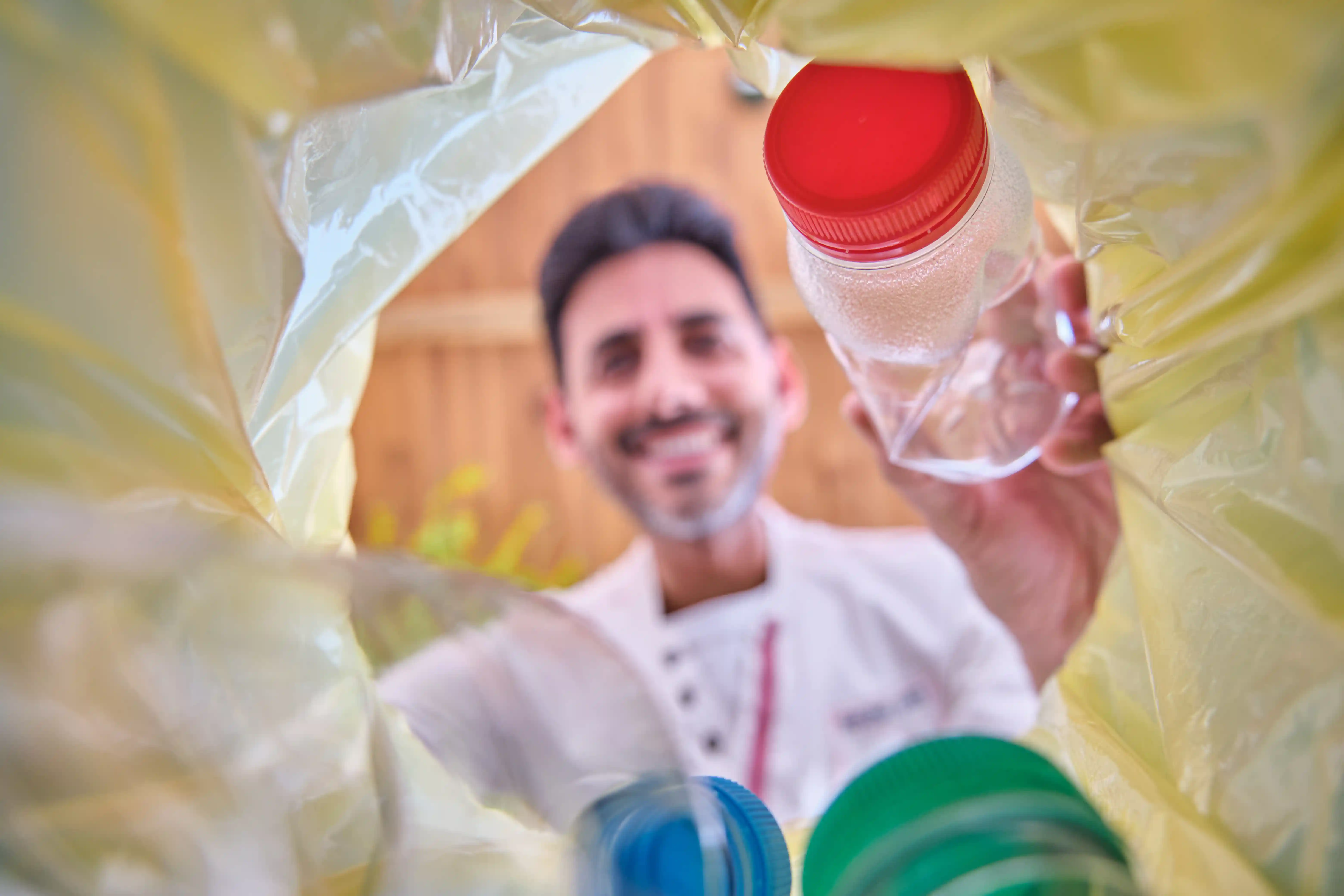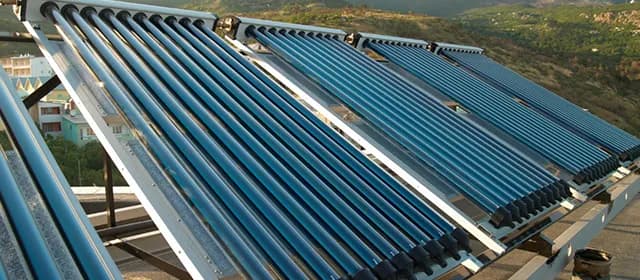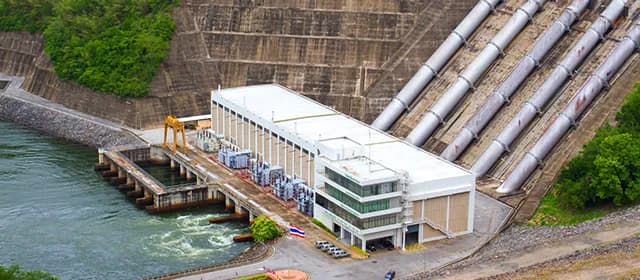Plastic is used in everything from electronics to packaging. How does it affect the environment, though? Big. This is where bioplastics are useful. A more sustainable future is promised by their renewable energy sources. Are they, however, the true solution to the plastic dilemma? Discover what bioplastics are, how they are produced, and how they might contribute to a more environmentally friendly future.
What are Bioplastics?
Bioplastics are made from renewable sources like plants, vegetable oils, and natural fats. They’re different from regular plastics, which come from fossil fuels. Bioplastics are becoming popular in industries like packaging, textiles, and medical equipment.
There are two types of bioplastics. The first is bio-based bioplastics. These are made from things like corn starch, sugarcane, and potato starch. The materials are processed into plastic.
The second type is biodegradable bioplastics. These break down in the environment. They turn into water, carbon dioxide, and biomass. Some are made from plants, and others mix fossil fuels with biodegradable additives.
As people focus more on sustainability, bioplastics are in higher demand. Kings Research projects that by 2030, the worldwide bioplastics market would grow to $45.72 billion.
Advantages of Bioplastics
Here are a few perks of using bioplastics:
Bioplastics are eco-friendly. Most are made from renewable resources like plants. That’s different from regular plastic, which comes from oil. Making bioplastics also uses less energy and releases fewer greenhouse gases.
Bioplastics are biodegradable. Some types, like those used in packaging, break down within a few months thanks to microbes. The result is carbon dioxide, water, methane, and other natural compounds. Tougher bioplastics might take a few years to fully break down.
Some bioplastics are compostable. Certain types can go in home compost bins. Others need industrial or lab composting setups.
Bioplastics allow monomer recovery. That means the basic building blocks can be collected and reused. For example, PLA can give back up to 99% of its original lactic acid.
Bioplastics also reduce reliance on fossil fuels. Since they’re made from renewable sources, there’s less need for oil.
What Are Bioplastics Made of?
Bioplastics are made from renewable materials. This is different from traditional plastics, which are produced from petrochemicals. According to the Journal of Materials & Metallurgical Engineering, bioplastics come from a variety of natural sources.
Food Waste
Some bioplastics are made from food waste. These include carrot scraps, banana peels, orange peels, shrimp shells, tomato skins, cocoa husks, potato, spinach waste, and used tea leaves.
Chitin, a type of biopolymer, is sourced from shrimp shells. Other materials like cutin, cellulose, starch, and pectin are extracted from vegetable and fruit waste. This waste is first used in microbial fermentation. After that, biopolymers are separated and processed into bioplastic products.
Each year, around 1.3 billion tons of food ends up as waste. That’s about one-third of all food meant for people. This large-scale waste leads to pollution, water contamination, and greenhouse gas emissions. Using bioplastics, especially in packaging, can help lower these environmental issues.
Plants, Vegetables, and Animals
Bioplastics can also be made from plants, vegetables, and animals. These sources offer renewable proteins and natural polymers. Substances like albumin, cellulose, gluten, pectin, soy, and starch are commonly used in the production process.
Microorganisms
Microorganisms such as fungi, microalgae, and bacteria also play a role in making bioplastics. When cultured under the right conditions, they produce materials like polylactic acid (PLA) and polyhydroxyalkanoate (PHA).
PHA, in its natural state, resembles a clear plastic film similar to kitchen wrap.
The Threat of Plastic Pollution
The Great Pacific Garbage Patch is a clear example of the growing problem of plastic pollution in the oceans. It shows how serious this global environmental issue has become.
In the United States, around 36 million tons of plastic are produced every year. According to the EPA, less than 1% of this plastic is actually recycled.
Across the world, only about 9% of plastic waste is recycled.
Each year, about 11 million tons of plastic ends up in the oceans. Even more comes from land. On land, plastic slowly breaks down into smaller and smaller pieces. These tiny pieces are called microplastics.
The oceans now contain up to 51 trillion microplastic particles.
It’s estimated that the average adult consumes around 883 microplastic particles each day. These particles stay in the body and collect in tissues over time. Once they are inside, they cannot be removed.
Microplastics are harmful to both sea and land animals. They can cause serious health problems. These include hunger, starvation, immune system damage, and chemical contamination.
The Bioplastic Production Process
How is bioplastic made? There are different methods used to produce various types of bioplastics.
In many cases, factories use the same equipment they would for traditional plastic. This works because some bioplastics are chemically similar to conventional plastics. For example, bio-PE, bio-PET, and bio-PP are produced using the same process as regular PE, PET, and PP.
Some bioplastics, however, are created from the ground up via bio-based methods. Microbial reactions or more complex procedures like the creation of nanotechnology, such epitaxial growth, may be involved.
Extracting polymers from microbes is an additional strategy. To create the bioplastic, the microorganisms are first separated by centrifugation, then they are filtered and dried.
The bacteria may be genetically altered to digest various feedstocks. This enhances the effectiveness of feedstock-to-polymer conversion. Polyhydroxyalkanoates (PHA) are among the most researched bioplastics produced using this process.
What Are Bioplastic Rules and Why Do They Matter?
Bioplastics are made from natural materials, like plants or leftover food parts. Because of that, there are some rules to make sure they are safe for people and the environment. These rules are called standards or regulations.
European Union (EU):
In Europe, bioplastics need to follow a rule called EN 13432. This checks if the bioplastic can break down naturally in a composting plant. If it does, it's considered compostable.
United States:
In the U.S., there is a similar rule called ASTM D6400. This also checks if bioplastics can turn into compost under the right conditions.
International Rules:
There are also global standards, like ISO. This give guidance on how to test if a bioplastic breaks down properly.
Eco Labels:
Some bioplastics get special labels, like “OK Compost” or “Green Seal.” These labels show that the product is safe for composting and meets eco-friendly rules.
Chemical Safety:
If the bioplastic has chemicals in it, those chemicals must be tested and approved. In Europe, this is covered by REACH. In the U.S., it’s checked by the FDA, especially if the plastic is used with food.
These rules help make sure that bioplastics are not just good for the planet, but also safe for people to use.
Final Thoughts
Bioplastics have a lot of potential, but they’re not perfect yet. They help cut down our use of fossil fuels. They can also lower carbon emissions. But there are still problems. They're often more expensive and hard to produce on a large scale. Managing the waste is also tricky. Still, as technology improves and more people care about the environment, bioplastics could become a key part of greener materials.




